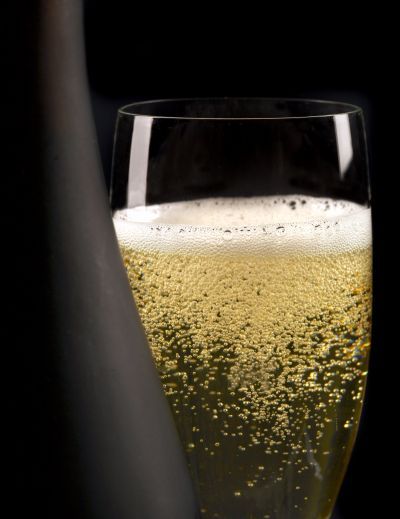Your support helps us to tell the story
From reproductive rights to climate change to Big Tech, The Independent is on the ground when the story is developing. Whether it's investigating the financials of Elon Musk's pro-Trump PAC or producing our latest documentary, 'The A Word', which shines a light on the American women fighting for reproductive rights, we know how important it is to parse out the facts from the messaging.
At such a critical moment in US history, we need reporters on the ground. Your donation allows us to keep sending journalists to speak to both sides of the story.
The Independent is trusted by Americans across the entire political spectrum. And unlike many other quality news outlets, we choose not to lock Americans out of our reporting and analysis with paywalls. We believe quality journalism should be available to everyone, paid for by those who can afford it.
Your support makes all the difference.French researchers have figured out how to keep your champagne robust with bubbles according to a new study published in the August 11 print edition of the Journal of Agricultural and Food Chemistry.
Gerard Liger-Belair, a professor at the University of Reims and author of Uncorked: the Science of Champagne, led the study with a team of scientists and found "a beer-like way of serving" champagne at lower temperatures preserved the bubbles or CO2 best.
Pouring the champagne slowly into an angled glass "impacted its concentration of dissolved CO2 significantly less. Moreover, the higher the champagne temperature is, the higher its loss of dissolved CO2 during the pouring process, which finally constitutes the first analytical proof that low temperatures prolong the drink's chill and helps it to retain its effervescence during the pouring process," noted Ligger Belair et al.
On August 13, internationally renowned British champagne and sparkling wine expert Tom Stevenson told the prestigious wine resource Decanter.com, "Pouring Champagne like a lager is seen as a really naff way to serve it. You would not see a sommelier doing it in a million years," expressing another opinion on the matter.
"Pouring it like the sommeliers do, does you a favour by letting the free CO2 escape from the glass so the bubbles don't get up your nose," explained Stevenson, author of The World Encyclopedia of Champagne and Sparkling Wine, the Annual Champagne and Sparkling Wine Guide, Sotheby's Wine Encyclopedia and the definitive Wines of Alsace reference book.
Perhaps you want to test it out for yourself. Here are some tips from the wine vlog IntoWine.com along with Belair's teams beer-like pour recommendation to help you get the most bubbles out of your champagne:
- First, chill the bottle to four to seven degrees Celsius. This requires 3-4 hours of refrigeration or 30 minutes in an ice bucket to get your champagne to the proper pouring temperature.
- Second, open the bottle by holding it away from anyone at a 45-degree angle. "Hold the cork and gently turn the bottle in one direction. Turn the bottle and not the cork. The cork should not pop. You waste bubbles when you pop the cork."
- Finally pour like a beer, slowly into an angled glass.
Full study, "On the Losses of Dissolved CO2 during Champagne Serving": http://pubs.acs.org/doi/abs/10.1021/jf101239w.

Join our commenting forum
Join thought-provoking conversations, follow other Independent readers and see their replies
Comments